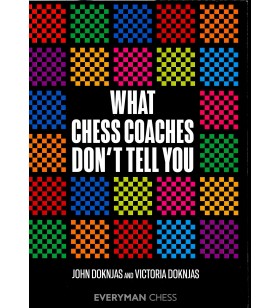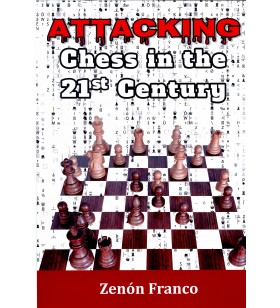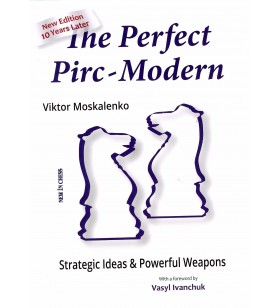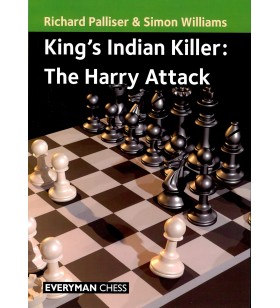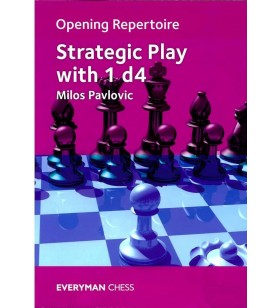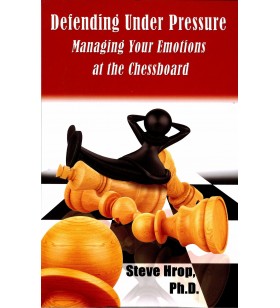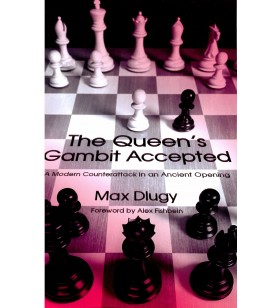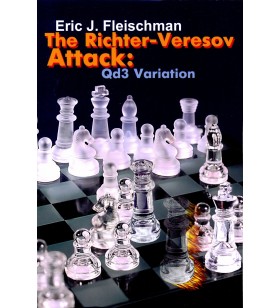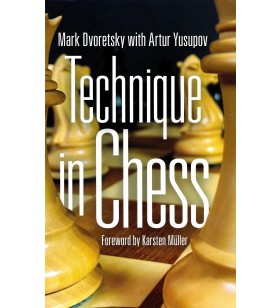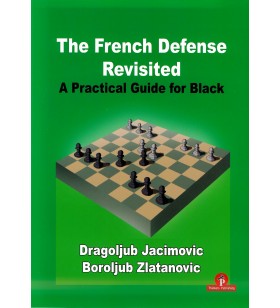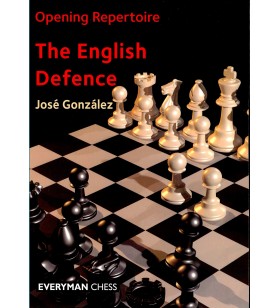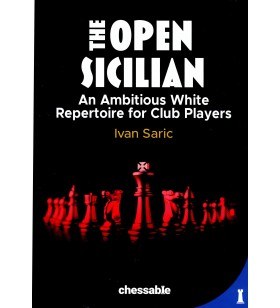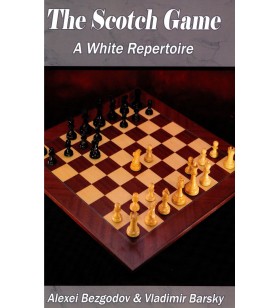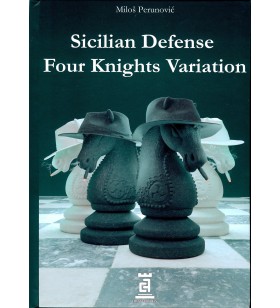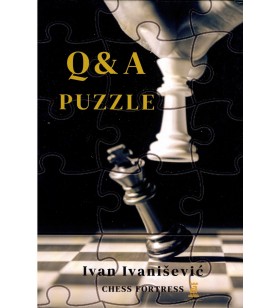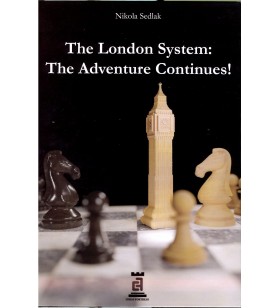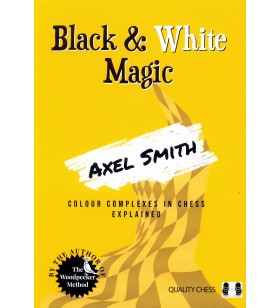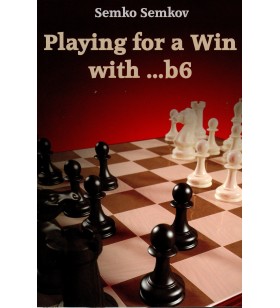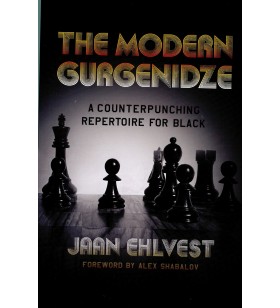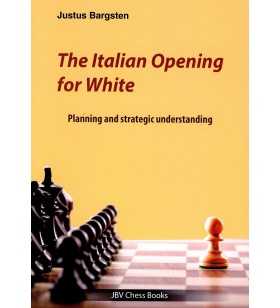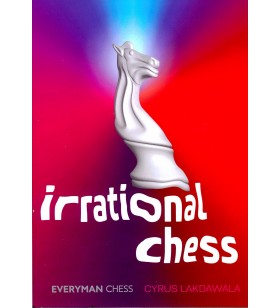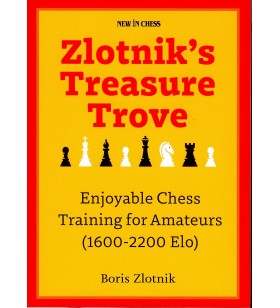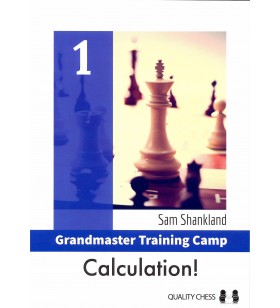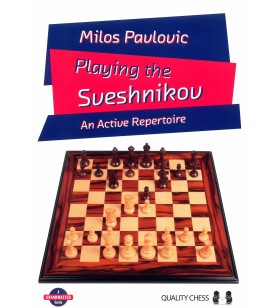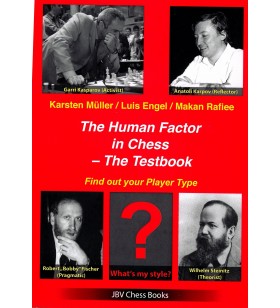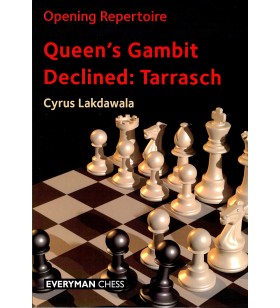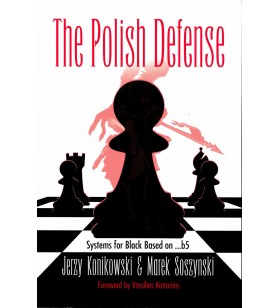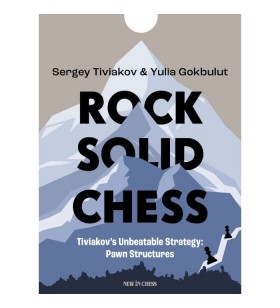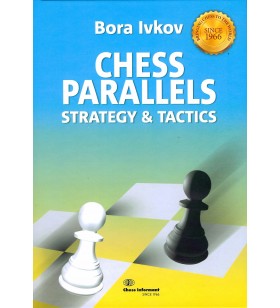Engqvist - Chess lessons from a champion coach
In an ideal world, any aspiring chess player, at almost any level, would get better with a coach. If that’s not possible, having chess champion coach Thomas Engqvist’s book at your side is the next best thing.
In his series of lessons, Engqvist guides you through not only the most important elements of chess to master but also the psychology, how to marry knowledge with imagination, and how to stay motivated.
Suitable for older children through to adults, the lessons are drawn from chess games through history, from the 16th century to Magnus Carlsen and latest Alpha Zero computer chess. It features a range of key players, including Steinitz, Lasker, Nimzowistch, Botvinnik (Soviet chess school), and Fischer. With clear and accessible annotations to give clarity, the games highlight the most important lessons to learn and, just as importantly, how to ‘practise’ chess.
International Master Thomas Engqvist has travelled the world teaching and coaching chess to a very high level for decades – and with this book, he can be your coach too.
About the Author
Thomas Engqvist is an International Master from Sweden. He has over 30 years’ experience as a chess coach and teacher. He has worked with players at world championship level in both junior and correspondence chess. He is the author of 300 Most Important Chess Positions and 300 Most Important Tactical Chess Positions, both published by Batsford.

 Français
Français Nederlands
Nederlands English
English

